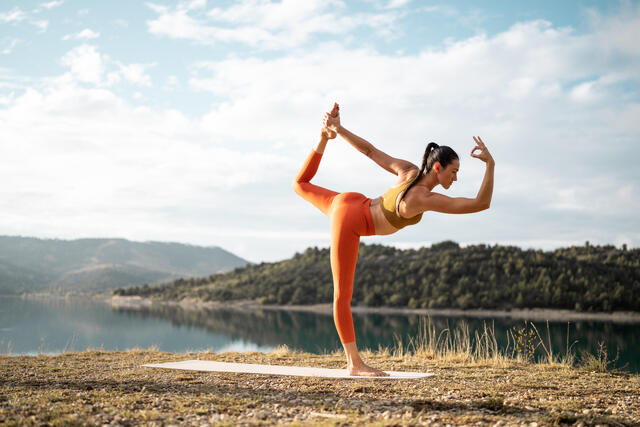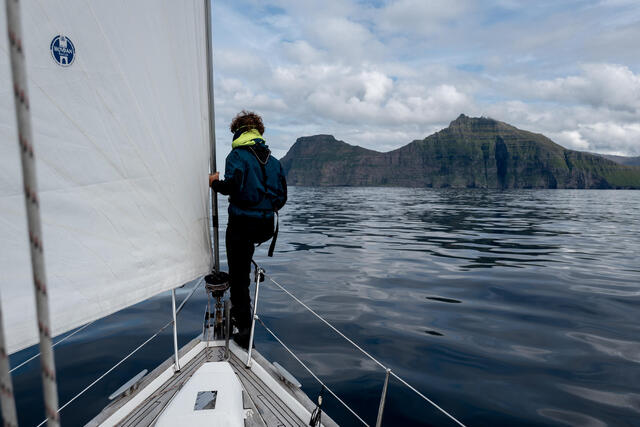Helmet Size
To determine your helmet size, measure your head's circumference using a tape measure. Ensure it passes above your ears, across your eyebrows at the front, and around the widest part of your skull at the back (the occiput). The goal is to measure around the largest part of your skull.
Tip: If you don't have a tape measure, you can use a piece of string or a long lace. Wrap it around your head and then measure it with a ruler.

























